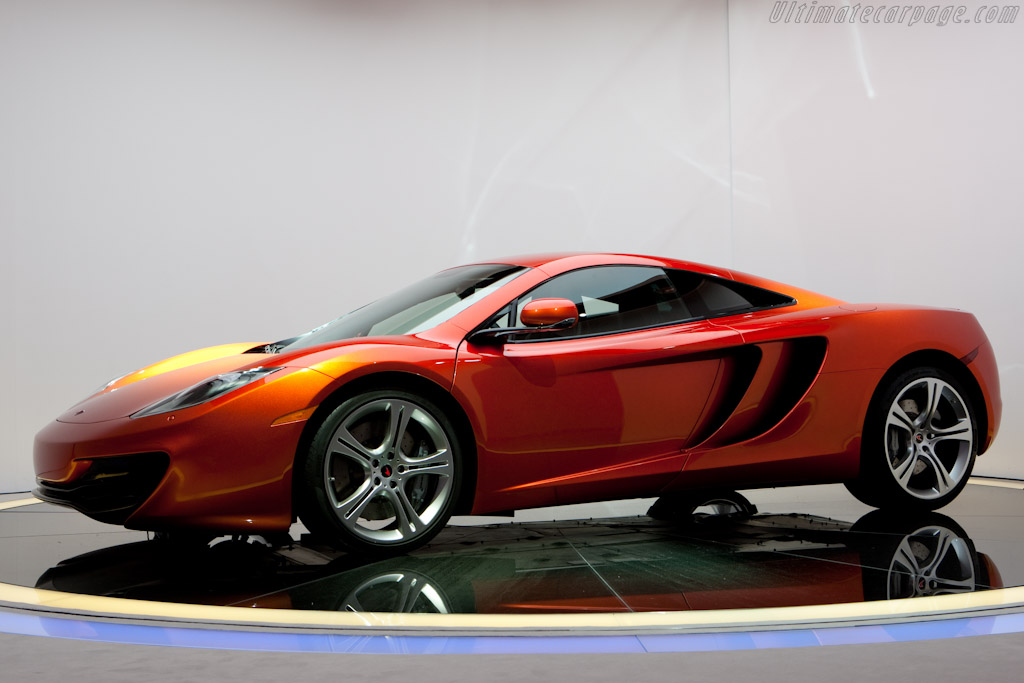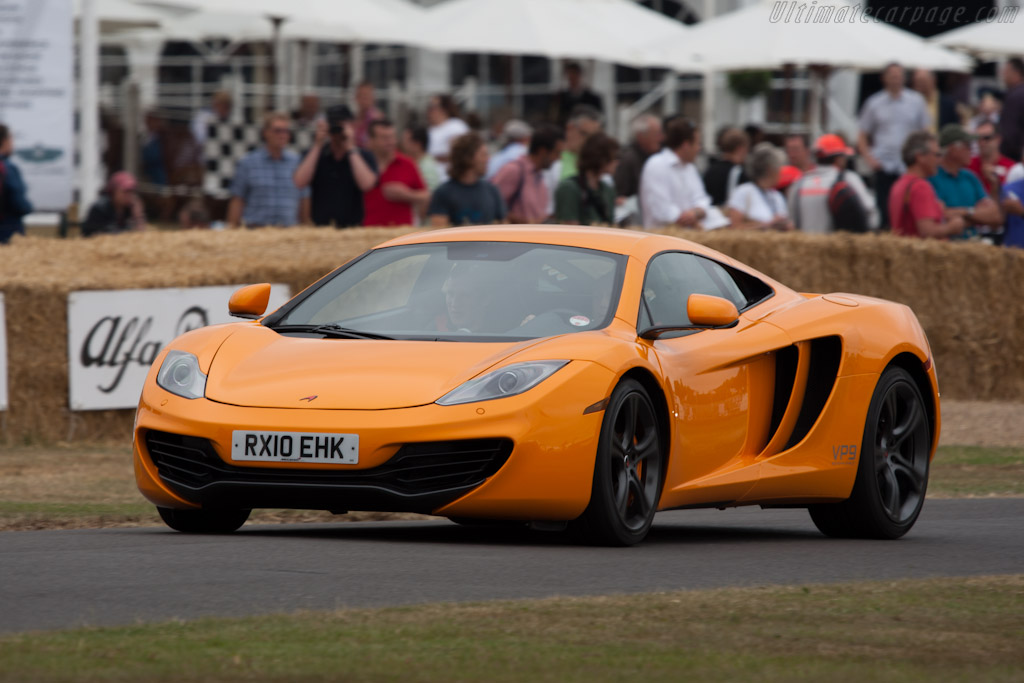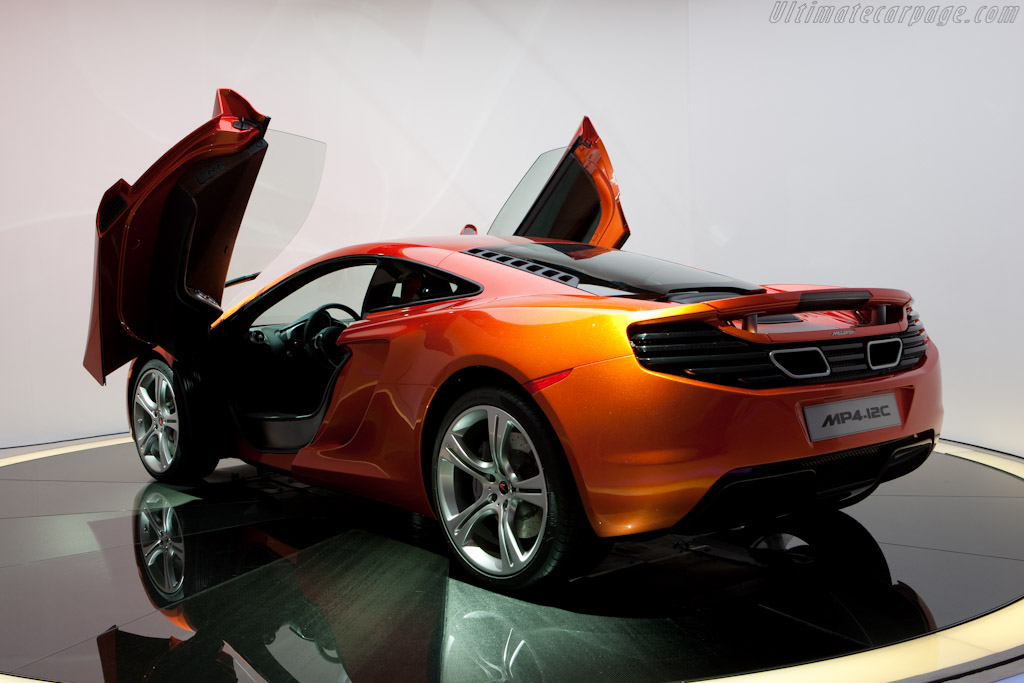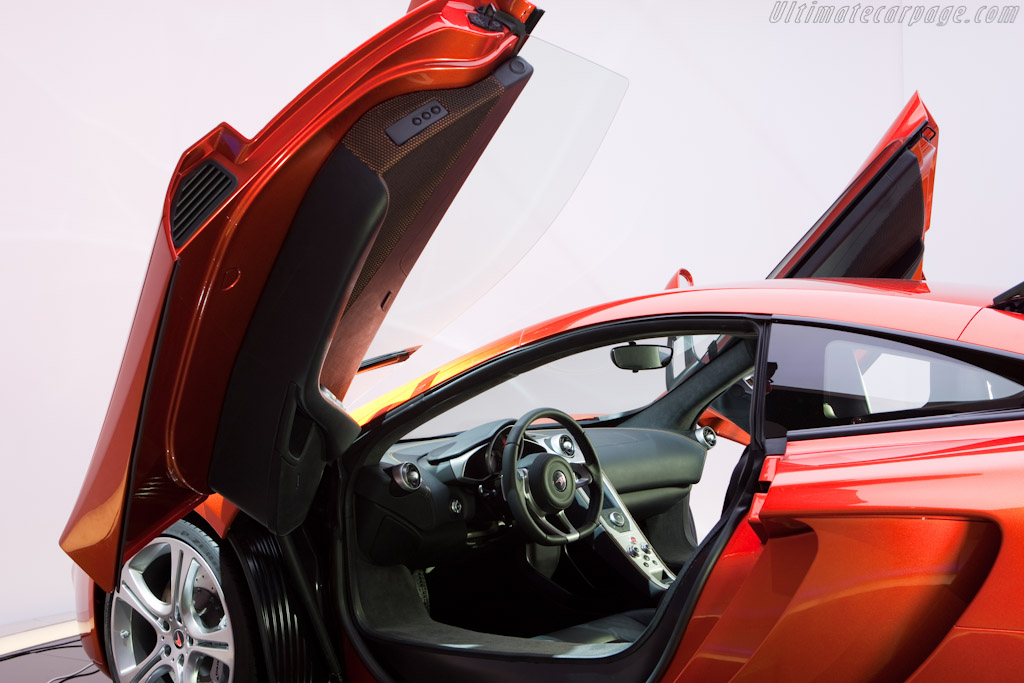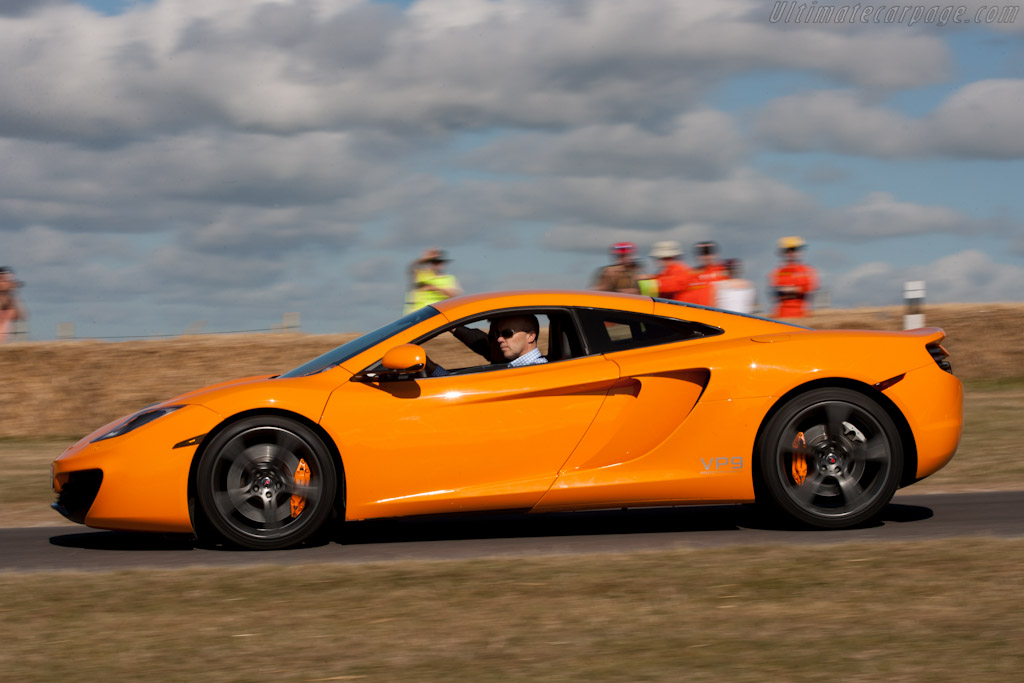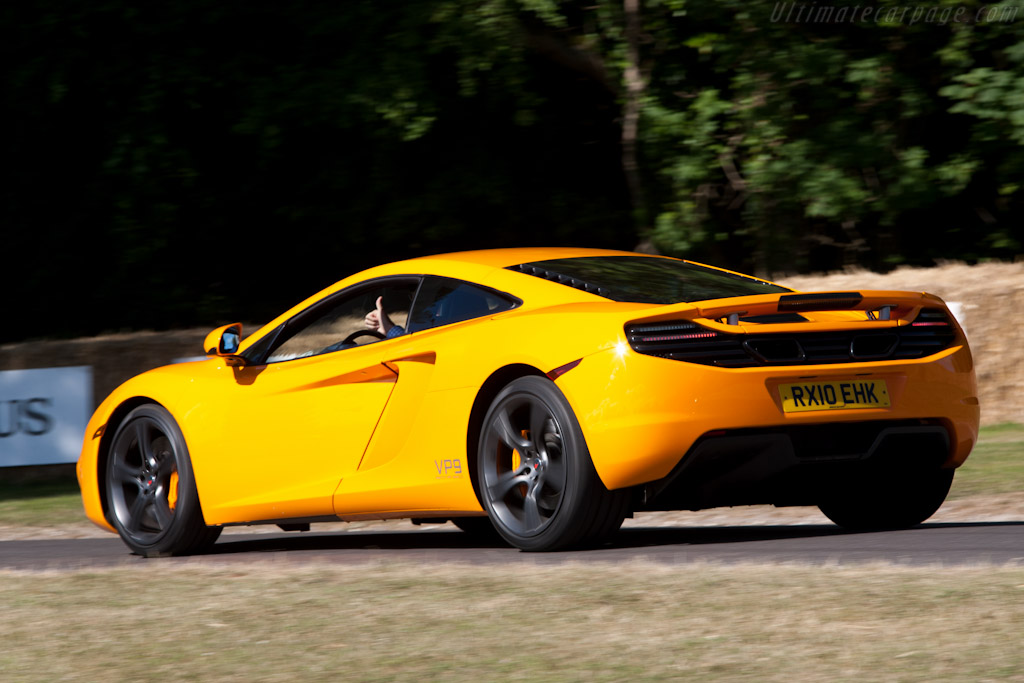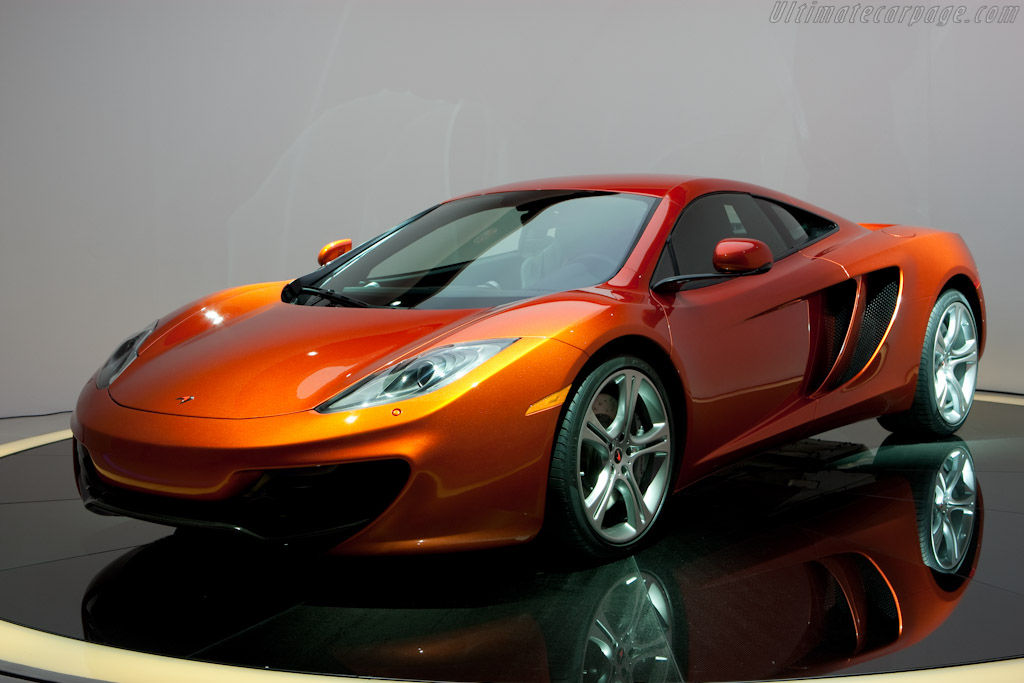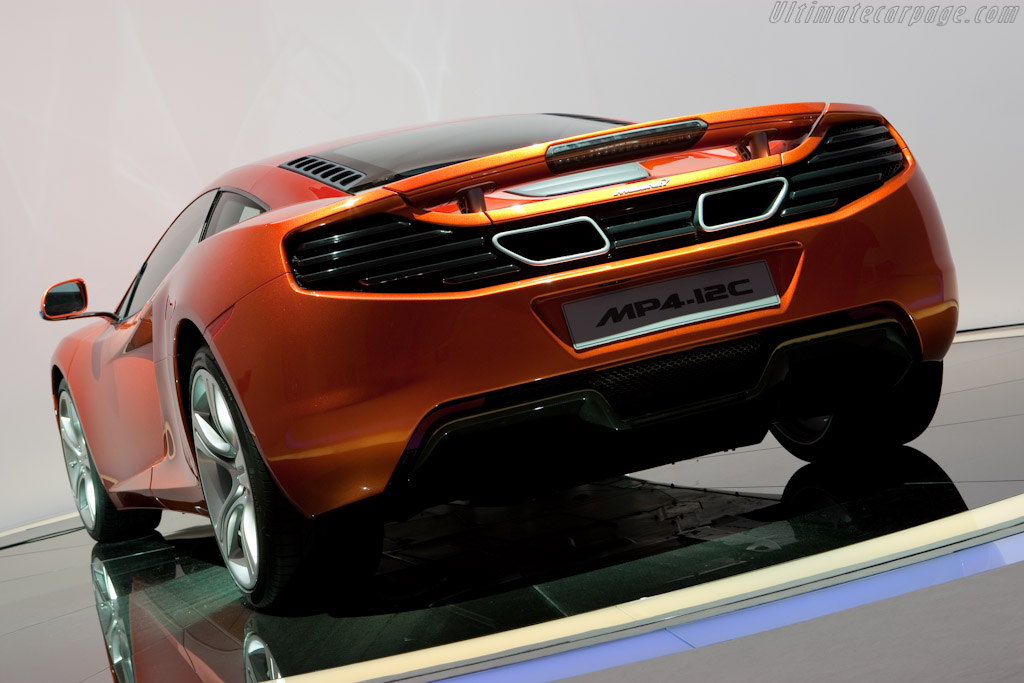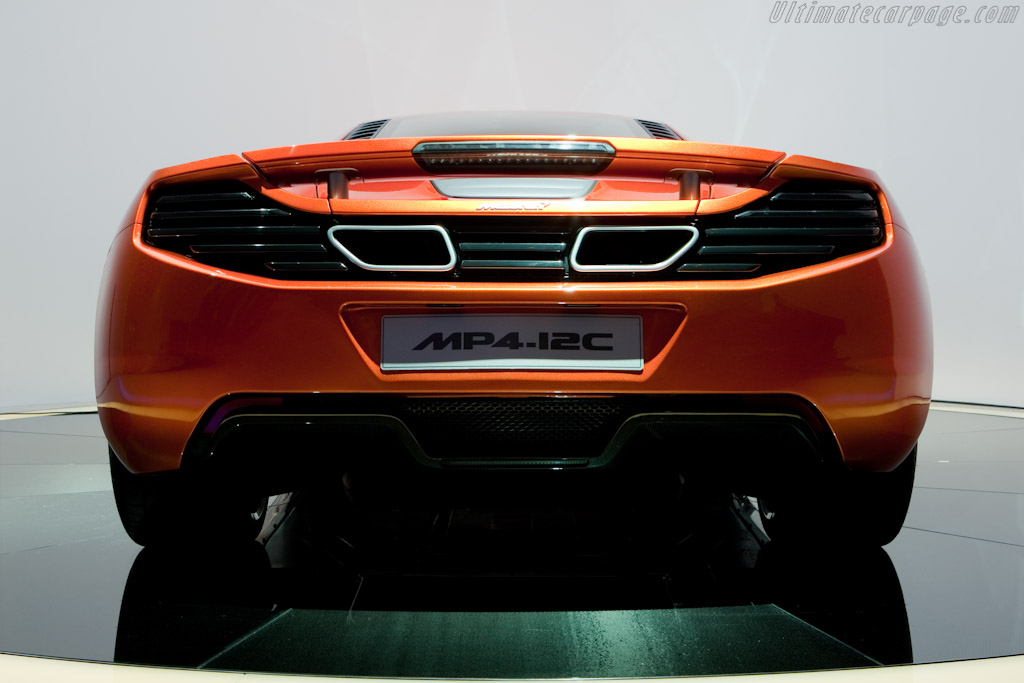Through a rich modern history, McLaren's automotive division has already built the world's most critically acclaimed supercar, the McLaren F1 (1993-1998) and the world's best-selling luxury supercar, the Mercedes-Benz SLR McLaren (2003-2009). McLaren Automotive now looks to the future with a new range of revolutionary sports cars.
The heart of the new car is the Carbon MonoCell. McLaren pioneered the use of carbon composite construction in the 1981 Formula 1 MP4/1 model and set a trend that all Formula 1 teams have followed. The company brought carbon fibre to road cars for the first time with the 1993 McLaren F1 and then built on this experience with a carbon fibre chassis and body on the SLR manufactured to the same exacting standards, but in higher volumes.
So, until now, carbon chassis have remained the preserve of the most expensive exotic cars; a purchase for the super-rich where costs are driven by the complexity of carbon fibre chassis design and build.
The 12C changes this by introducing the advantages of carbon composite - light weight, high strength and torsional rigidity, and longevity - to a more affordable sector through its revolutionary engineering as a one-piece moulding. Never before has a carbon fibre chassis been produced this way.
The 12C MonoCell not only brings dynamic benefits, but also offers fundamental engineering opportunities that form the basis of the car's unique character. It has been designed to allow a much narrower structure overall which in turn contributes to a more compact car that is easier to position on the road and more rewarding to drive.
Not only is the 12C unique in its class by offering carbon technology, it also has the highest specific power output as well as extraordinary power- and torque-to-weight ratios. Furthermore, the Proactive Chassis Control system offers groundbreaking handling and ride comfort while an intense focus on occupant packaging offers new levels of comfort and everyday usability.
All the parts of the McLaren MP4-12C are bespoke and unique to this car. Everything from the engine right down to the tailor-made switches and buttons is pure McLaren: nothing has come from another manufacturer's parts bin.
The 12C is powered by a bespoke McLaren 'M838T' 3.8 litre, V8 twin-turbo engine producing around 600bhp, driving through a McLaren seven speed Seamless Shift dual clutch gearbox (SSG). It is targeting not only new standards for power and performance in its sector, but also class-leading fuel economy and CO2 emissions; supported by McLaren's experience of active aerodynamics to aid cooling, grip, handling and road holding.
Thorough engineering and market research led to concept development and a clear decision in favour of a mid-engined two door high performance sports car. Intensive work was carried out in the wind tunnel and the driving simulator to ensure that the new car would inherently have superb dynamic qualities.
Weight is the enemy of performance in every area of car design. It affects acceleration, speed, handling, fuel consumption and CO2 emissions - everything. McLaren Automotive engineers pursued weight saving obsessively.
The McLaren MP4-12C design follows similar principles to McLaren's Formula 1 cars, and the legendary McLaren F1, where everything is for a reason and all lines, surfaces, and details are designed with a job in mind as much as styled. This ensures that the 12C communicates its engineering through its styling and will remain timeless as a piece of automotive design.
The 12C's body has been styled to support sector-leading levels of downforce; downforce that then subsequently contributes to sector-leading levels of lateral grip and stability. Air flow has been manically managed to support all performance figures and light weight targets. For example, placing the radiators adjacent to the engine keeps the car narrow and reduces weight. However, this results in a huge challenge of ensuring ample air flow to the radiators. The result? The large side air scoops and integrated turning vanes that are dramatic, but purely functional. No larger or smaller than required.
The designer's challenge is to then take that styling purpose driven by engineering aspirations and add personality. That's why the air scoops resemble the McLaren logo in form, as do other features around the car. Just two 'pure' lines flow round the car and, when combined with the integration of several dramatic convex and concave surfaces, present a car that looks compact, low and well proportioned.
The market for high performance sports cars has grown substantially since the turn of the century. McLaren divides the market into segments that encompass both more comfort-orientated GT cars and the hard-edged supercars for road and track use.
The 'core' segment runs from around £125,000 to £175,000 featuring such cars as the Ferrari 458, Lamborghini Gallardo, Porsche 911 Turbo, Bentley Continental GT and Aston Martin DB9. A second segment is the 'high' category with prices ranging from £175,000 to £250,000 and consists largely of front-engined GT cars such as Ferrari's 599 GTB and 612, with just one mid-engined contender, the Lamborghini Murcielago.
The final segment is the 'ultimate' group, a sector more or less initiated by the McLaren F1 in 1993 and now populated by a select group of cars including the Mercedes-Benz SLR McLaren, Bugatti Veyron, and cars from the likes of Pagani and Koenigsegg that followed legends such as the Porsche Carrera GT and Ferrari Enzo. In 2011, McLaren will bring technology and performance exclusive to this 'ultimate' sector into the 'core' segment.
McLaren Automotive will distribute the 12C and future models through a brand-new retail network in all global markets. Exclusivity, exquisite design and a passionate focus on delivering a wonderful ownership experience will ensure that the small number of retailers around the world are taking on an attractive new brand. This approach will drive excellent customer service and a virtuous circle that retains McLaren customers and brings in new converts as the range expands.
The name of the new McLaren sports car is MP4-12C. What does this signify? As one might expect at McLaren, everything has a purpose and the nomenclature is no exception.
- 'MP4' has been the chassis designation for all McLaren Formula 1 cars since 1981. It stands for McLaren Project 4, resulting from the merger of Ron Dennis' Project 4 organisation with McLaren.
- The '12' refers to McLaren's internal Vehicle Performance Index through which it rates key performance criteria both for competitors and for its own cars. The criteria combine power, weight, emissions, and aerodynamic efficiency. The coalition of all these values delivers an overall performance index that has been used as a benchmark throughout the car's development.
- The 'C' refers to Carbon, highlighting the unique application of carbon fibre technology to the future range of McLaren sports cars.
The elements of this name represent everything that the McLaren MP4-12C stands for:
- 'MP4' represents the racing bloodline
- '12' represents the focus on complete performance and efficiency
- 'C' represents the revolutionary Carbon MonoCell
© 2009 McLaren Automotive

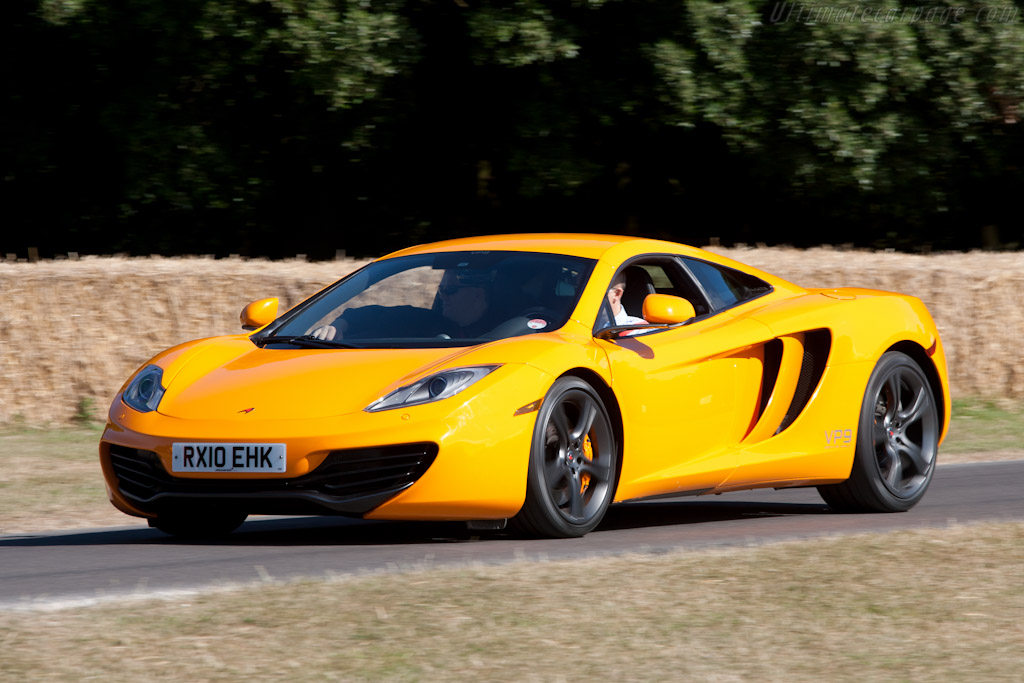
 from McLaren Automotive, the independent car division based at the McLaren Technology Centre in Woking, England. The 12C, and future models within the range, will challenge the world's best sports cars, benefiting from the expertise and virtuosity of the McLaren Group.
from McLaren Automotive, the independent car division based at the McLaren Technology Centre in Woking, England. The 12C, and future models within the range, will challenge the world's best sports cars, benefiting from the expertise and virtuosity of the McLaren Group.